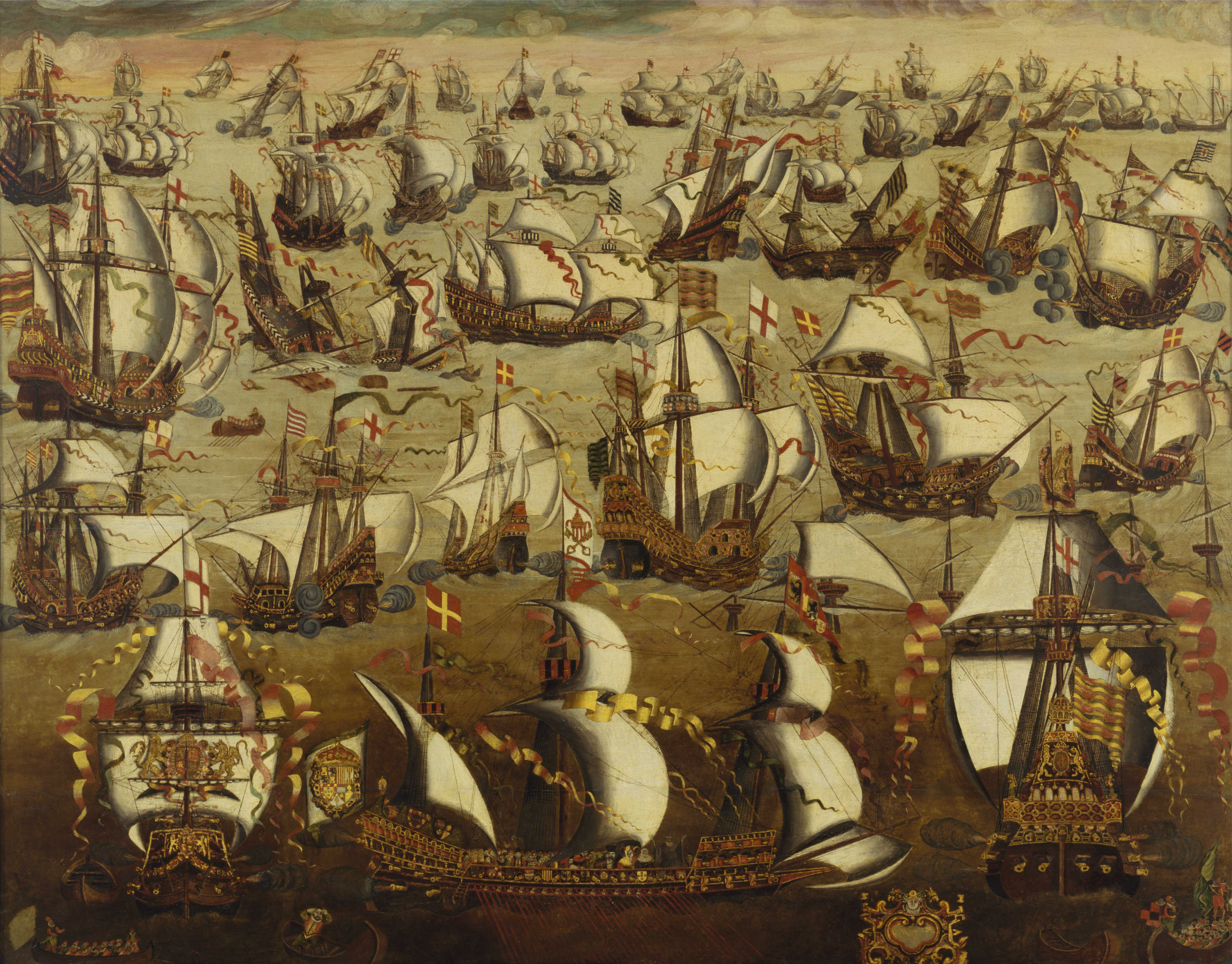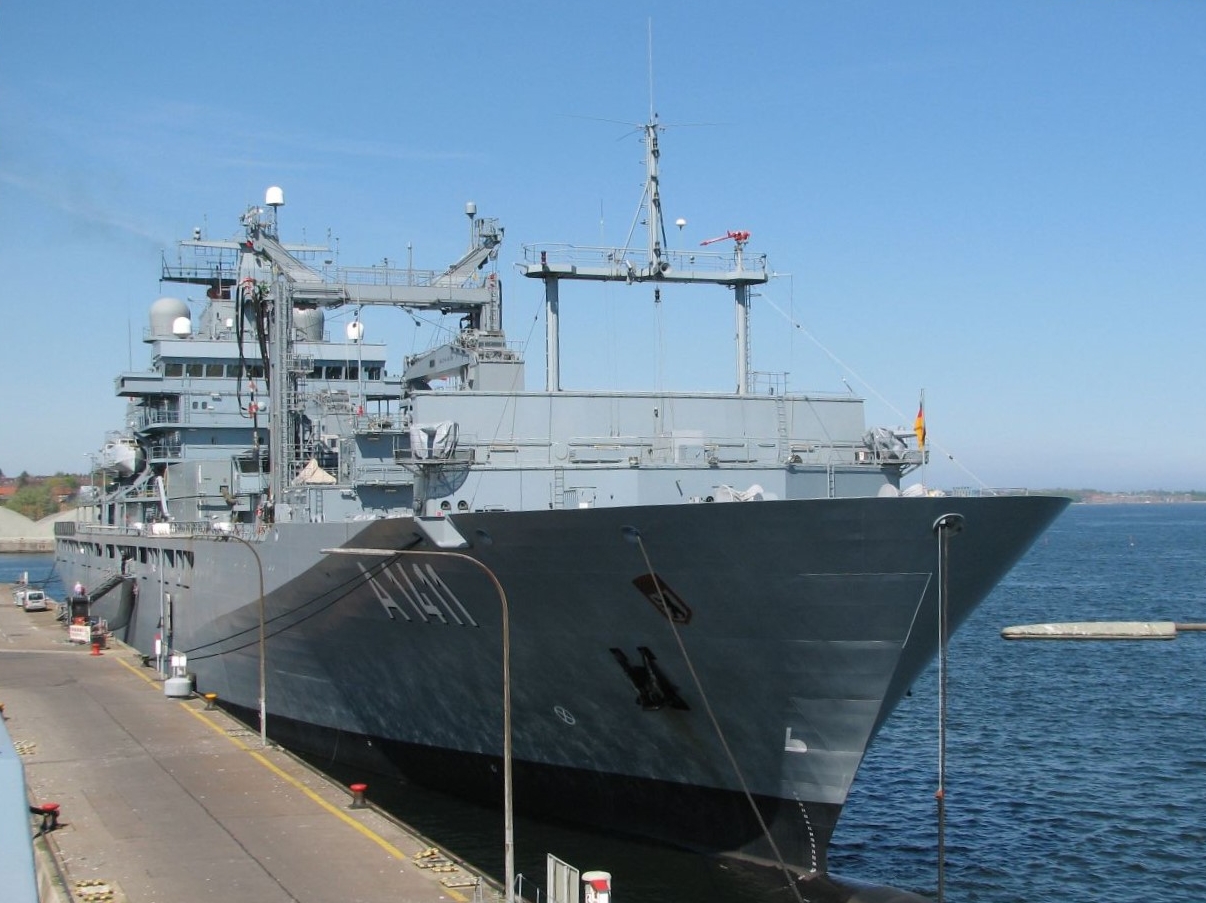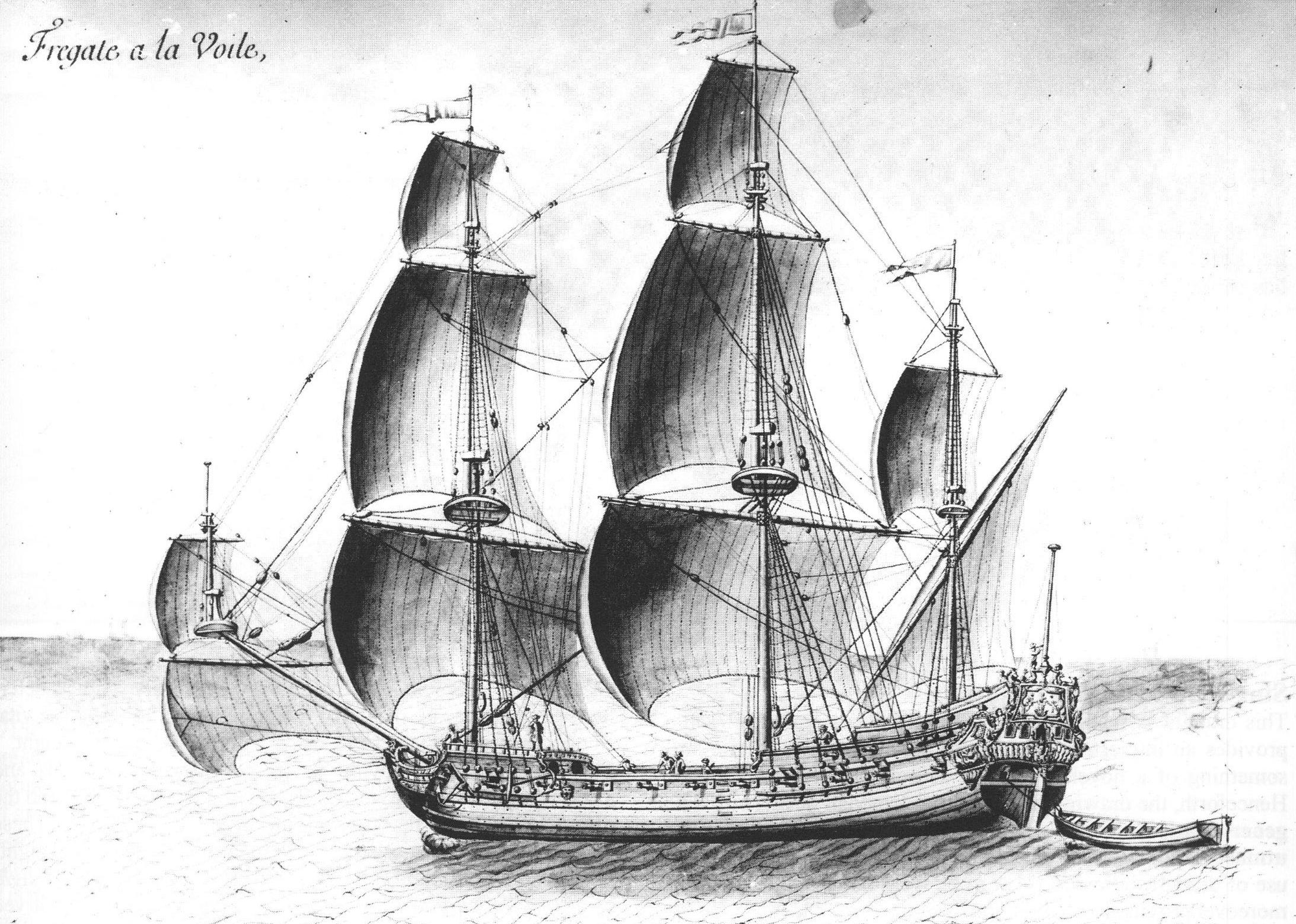|
Ecuadorian Navy
The Ecuadorian Navy ( es, Armada del Ecuador) is an Ecuadorian entity responsible for the surveillance and protection of national maritime territory and has a personnel of 9,127 men to protect a coastline of 2,237 km which reaches far into the Pacific Ocean. The vessels are identified by a ship prefix of ''B.A.E.'': (Ship of the Ecuadorian Navy) or ''L.A.E.'': (Boat of the Ecuadorian Navy). Mission Organize, train, equip and maintain naval capabilities, as well as to assist and support all procedures involving national security and development. Contribute to the achievement of safeguarding national objectives in times of peace and war. Vision Maintain highly trained naval forces to secure victory within the maritime zone in order to support developing communities. As a consequence operate highly qualified military personnel whom are able to fulfill this role based on elevated moral, values and principles. History The roots of the Ecuadorian Navy or () date back to ... [...More Info...] [...Related Items...] OR: [Wikipedia] [Google] [Baidu] |
Navy
A navy, naval force, or maritime force is the branch of a nation's armed forces principally designated for naval and amphibious warfare; namely, lake-borne, riverine, littoral, or ocean-borne combat operations and related functions. It includes anything conducted by surface ships, amphibious ships, submarines, and seaborne aviation, as well as ancillary support, communications, training, and other fields. The strategic offensive role of a navy is projection of force into areas beyond a country's shores (for example, to protect sea-lanes, deter or confront piracy, ferry troops, or attack other navies, ports, or shore installations). The strategic defensive purpose of a navy is to frustrate seaborne projection-of-force by enemies. The strategic task of the navy also may incorporate nuclear deterrence by use of submarine-launched ballistic missiles. Naval operations can be broadly divided between riverine and littoral applications (brown-water navy), open-ocean applications (blue- ... [...More Info...] [...Related Items...] OR: [Wikipedia] [Google] [Baidu] |
Galápagos Islands
The Galápagos Islands ( es, Islas Galápagos) are an archipelago of volcanic islands in the Eastern Pacific, located around the Equator west of the mainland of South America. They form the Galápagos Province of the Republic of Ecuador, with a population of slightly over 33,000 (2020). The province is divided into the Cantons of Ecuador, cantons of San Cristóbal Island, San Cristóbal, Santa Cruz Island (Galápagos), Santa Cruz, and Isabela Island (Galápagos), Isabela, the three most populated islands in the chain. The Galápagos are famous for their large number of Endemism, endemic species, which were studied by Charles Darwin in the 1830s and inception of Darwin's theory, inspired his theory of evolution by means of natural selection. All of these islands are protected as part of Ecuador's Galápagos National Park and Galápagos Marine Reserve, Marine Reserve. Thus far, there is no firm evidence that Polynesian expansion, Polynesians or the indigenous peoples of South Am ... [...More Info...] [...Related Items...] OR: [Wikipedia] [Google] [Baidu] |
Auxiliary Ship
An auxiliary ship is a naval ship designed to support combatant ships and other naval operations. Auxiliary ships are not primary combatant vessels, though they may have some limited combat capacity, usually for purposes of self-defense. Auxiliary ships are extremely important for navies of all sizes because if they were not present the primary fleet vessels would be unsupported. Thus, virtually every navy maintains an extensive fleet of auxiliary ships. However, the composition and size of these auxiliary fleets vary depending on the nature of each navy and its primary mission. Smaller coastal navies tend to have smaller auxiliary vessels focusing primarily on littoral and training support roles. Larger blue-water navies tend to have larger auxiliary fleets comprising longer-range fleet support vessels designed to provide support far beyond territorial waters. Roles Replenishment One of the most direct ways that auxiliary ships support the fleet is by providing under ... [...More Info...] [...Related Items...] OR: [Wikipedia] [Google] [Baidu] |
Fast Attack Craft
A fast attack craft (FAC) is a small, fast, agile, offensive, often affordable warship armed with anti-ship missiles, gun or torpedoes. FACs are usually operated in close proximity to land as they lack both the seakeeping and all-round defensive capabilities to survive in blue water. The size of the vessel also limits the fuel, stores and water supplies. In size they are usually between 50–800 tonnes and can reach speeds of . A fast attack craft's main advantage over other warship types is its affordability. Many FACs can be deployed at a relatively low cost, allowing a navy which is at a disadvantage to effectively defend itself against a larger adversary. A small boat, when equipped with the same weapons as its larger counterpart, can pose a serious threat to even the largest of capital ships. Their major disadvantages are poor seagoing qualities, cramped quarters and poor defence against aerial threats. History 19th century As early as the mid-19th century, the Jeune ... [...More Info...] [...Related Items...] OR: [Wikipedia] [Google] [Baidu] |
Offshore Patrol Vessel
A patrol boat (also referred to as a patrol craft, patrol ship, or patrol vessel) is a relatively small naval vessel generally designed for coastal defence, border security, or law enforcement. There are many designs for patrol boats, and they generally range in size. They may be operated by a nation's navy, coast guard, police, or customs, and may be intended for marine (" blue water"), estuarine (" green water"), or river (" brown water") environments. Per their name, patrol boats are primarily used to patrol a country's exclusive economic zone (EEZ), but they may also be used in other roles, such as anti- smuggling, anti-piracy, fishery patrols, immigration law enforcement, or search and rescue. Depending on the size, organization, and capabilities of a nation's armed forces, the importance of patrol boats may range from minor support vessels that are part of a coast guard, to flagships that make up a majority of a navy's fleet. Their small size and relatively low cost m ... [...More Info...] [...Related Items...] OR: [Wikipedia] [Google] [Baidu] |
Esmeraldas-class Corvette
The ''Esmeraldas''-class corvettes are a class of corvette in service with the Ecuadorian Navy, built in Italy by Fincantieri, entering service in the early 1980s. The vessels were built on the Type 550 corvette design, similar to the and s, built primarily for export. Construction and design Six corvettes were ordered by the Ecuadorian Navy from the Italian shipbuilder Cantieri Navali Riuniti (CNR) (now part of Fincantieri) in 1978 or 1979. They were a developed version of CNR's ''Wadi Mragh'' missile corvettes built for Libya in the late 1970s, with more powerful engines giving a higher speed and revised armament and equipment. The ships are long overall and between perpendiculars, with a beam of and a Draft of . Displacement is full load. Four MTU MA20 V 956 TB 92 diesel engines rated at a total of maximum power and sustained power drive four propeller shafts, giving a short-term maximum speed of and a sustained speed of . The ships have a range of at , at ... [...More Info...] [...Related Items...] OR: [Wikipedia] [Google] [Baidu] |
Corvette
A corvette is a small warship. It is traditionally the smallest class of vessel considered to be a proper (or " rated") warship. The warship class above the corvette is that of the frigate, while the class below was historically that of the sloop-of-war. The modern roles that a corvette fulfills include coastal patrol craft, missile boat and fast attack craft. These corvettes are typically between 500 tons and 2,000 .although recent designs may approach 3,000 tons, having size and capabilities that overlap with smaller frigates. However unlike contemporary frigates, a modern corvette does not have sufficient endurance and seaworthiness for long voyages. The word "corvette" is first found in Middle French, a diminutive of the Dutch word ''corf'', meaning a "basket", from the Latin ''corbis''. The rank " corvette captain", equivalent in many navies to " lieutenant commander", derives from the name of this type of ship. The rank is the most junior of three "captain" ranks in s ... [...More Info...] [...Related Items...] OR: [Wikipedia] [Google] [Baidu] |
Guided Missile Frigate
A frigate () is a type of warship. In different eras, the roles and capabilities of ships classified as frigates have varied somewhat. The name frigate in the 17th to early 18th centuries was given to any full-rigged ship built for speed and maneuverability, intended to be used in scouting, escort and patrol roles. The term was applied loosely to ships varying greatly in design. In the second quarter of the 18th century, the 'true frigate' was developed in France. This type of vessel was characterised by possessing only one armed deck, with an unarmed deck below it used for berthing the crew. Late in the 19th century (British and French prototypes were constructed in 1858), armoured frigates were developed as powerful ironclad warships, the term frigate was used because of their single gun deck. Later developments in ironclad ships rendered the frigate designation obsolete and the term fell out of favour. During the Second World War the name 'frigate' was reintroduced to de ... [...More Info...] [...Related Items...] OR: [Wikipedia] [Google] [Baidu] |
Type 209 Submarine
The Type 209 is a class of diesel-electric attack submarine developed exclusively for export by Howaldtswerke-Deutsche Werft of Germany. The original variant (Type 209/1100) was designed in the late 1960s. The class is exclusively designed for export market. Despite not being operated by the German Navy, five variants of the class (209/1100, 209/1200, 209/1300, 209/1400 and 209/1500) have been successfully exported to 13 countries, with 61 submarines being built and commissioned between 1971 and 2008. Development In the early 1970s, many navies began to need replacements for World War II-era submarines, aging United States GUPPY conversions, and British units transferred postwar. During this time, few western submarine designs were available for export as most were large, expensive, sophisticated and difficult to operate, and designed for the Cold War. Several designs originally built for specific nations were available including the French , British , and the Soviet subma ... [...More Info...] [...Related Items...] OR: [Wikipedia] [Google] [Baidu] |
Diesel-electric Submarine
A submarine (or sub) is a watercraft capable of independent operation underwater. It differs from a submersible, which has more limited underwater capability. The term is also sometimes used historically or colloquially to refer to remotely operated vehicles and robots, as well as medium-sized or smaller vessels, such as the midget submarine and the wet sub. Submarines are referred to as ''boats'' rather than ''ships'' irrespective of their size. Although experimental submarines had been built earlier, submarine design took off during the 19th century, and they were adopted by several navies. They were first widely used during World War I (1914–1918), and are now used in many navies, large and small. Military uses include attacking enemy surface ships (merchant and military) or other submarines, and for aircraft carrier protection, blockade running, nuclear deterrence, reconnaissance, conventional land attack (for example, using a cruise missile), and covert insertion of s ... [...More Info...] [...Related Items...] OR: [Wikipedia] [Google] [Baidu] |






_(5433329957).jpg)
